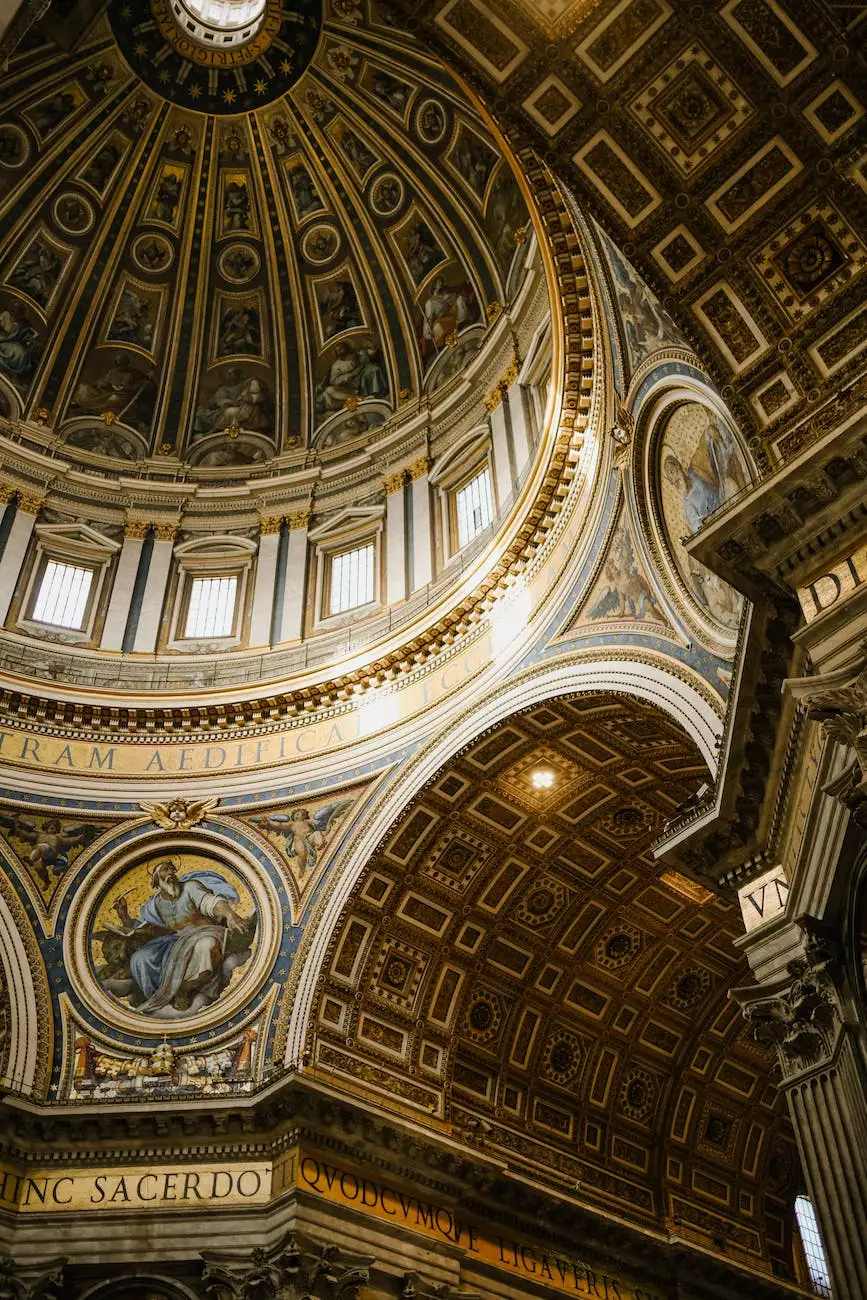The Feast of Annuciation

Introduction
Welcome to Central Baptist Church's page dedicated to The Feast of Annunciation. This significant event holds great importance within our community, as it symbolizes the divine message delivered to the Virgin Mary by the angel Gabriel. Join us in exploring the traditions, rituals, and history behind this cherished feast day.
The Significance of The Feast of Annuciation
The Feast of Annunciation, also known as the Annunciation of the Blessed Virgin Mary, commemorates the moment when the angel Gabriel announced to Mary that she would conceive and give birth to Jesus, the Son of God. Celebrated annually on March 25th, this feast day holds a central place in Christian faith and beliefs. It serves as a reminder of Mary's humble acceptance of God's plan and her role in the salvation of humanity.
History and Origins
The origins of The Feast of Annunciation date back to early Christianity. The event finds its roots in the Gospel of Luke, where the angel Gabriel's visit to Mary is described. Biblical accounts portray Mary's initial confusion and subsequent acceptance of God's will. Over the centuries, this significant moment has shaped religious practices and traditions within the faith community.
Traditions and Rituals
To commemorate The Feast of Annunciation, Central Baptist Church holds special mass or liturgical services where the significance of this day is emphasized. The church is adorned with flowers and candles, creating a serene and spiritual atmosphere. During these services, passages from the Bible are read, hymns are sung, and prayers are offered. The congregation partakes in communion, symbolizing their unity and devotion to their faith.
The Angel Gabriel
One of the central figures in this feast day is the angel Gabriel. Gabriel, mentioned in both the Old and New Testaments of the Bible, is known as a messenger of God. It was Gabriel who delivered the divine message to Mary, proclaiming her destiny as the mother of Jesus.
Mary's Acceptance
Mary's acceptance of Gabriel's message illustrates her unwavering faith and dedication to God. Despite the challenges and uncertainties that lay ahead, Mary responded with humility and trust, setting an example for future generations to follow.
Symbolism and Reflection
The Feast of Annunciation serves as a moment for believers to reflect upon their own faith and surrender themselves to God's will, just as Mary did. It symbolizes the importance of courage, obedience, and trusting in a higher power for guidance.
Celebrations Around the World
The Feast of Annunciation is celebrated by various Christian denominations worldwide. While traditions and customs may vary, the central theme remains the same - the angelic message delivered to Mary and her acceptance of God's plan. From processions and parades to special church services, believers come together to honor this momentous occasion.
Europe
In countries like Italy, Greece, and Spain, extravagant processions take place on The Feast of Annunciation. These processions feature religious icons, marching bands, and participants dressed in traditional attire. Churches are adorned with flowers, and believers gather to offer prayers and seek blessings.
North America
In North America, various Christian communities organize church services and prayer gatherings to commemorate The Feast of Annunciation. The faithful reflect upon the significance of Mary's acceptance and its impact on their own faith journey. Many churches also hold educational workshops and seminars to deepen understanding and promote spiritual growth.
Conclusion
Central Baptist Church extends a warm invitation to all believers and those seeking to understand the significance of The Feast of Annunciation. This feast day is a time for reflection, unity, and reaffirmation of faith. Join us in celebrating this cherished event that holds profound meaning for Christians around the world. May the spirit of devotion and humility that Mary exemplified inspire our own lives as we embrace God's plans for us.









